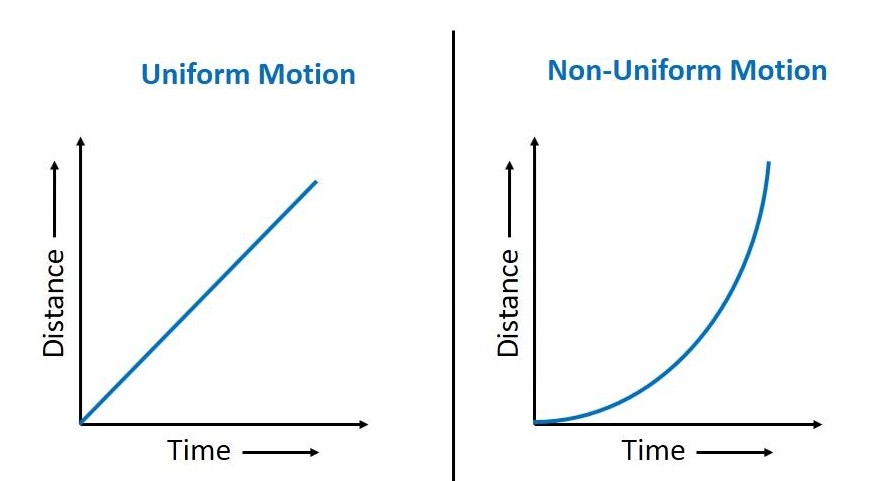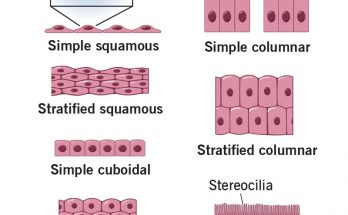In the world of physics, motion plays a fundamental role in understanding how objects move in our daily life. Two key types of motion are ‘Uniform Motion’ and ‘Non-Uniform Motion.’ These concepts are crucial in understanding the basics of motion and are extensively covered in Chapter 13 of your Class 7 Science textbook, “Motion and Time.”This article delves into these concepts, providing definitions, explanations, examples, and a detailed comparison for primary school students.
Table of Contents
1. What is Uniform Motion?
Uniform motion is when an object travels equal distances in equal intervals of time, regardless of the length of the time intervals. Imagine a car moving on a straight road at a steady speed of 60 km/h. No matter how you time it – every minute, hour, or second – it always covers the same distance in each interval, showing uniform motion.
Examples of Uniform Motion:
- A train running at a constant speed.
- A fan rotating with a steady speed.
2. What is Non-Uniform Motion?
Non-Uniform motion occurs when an object covers unequal distances in equal intervals of time. It’s like when you see a car in traffic; sometimes it moves fast, sometimes it slows down, and other times it stops, covering different distances in the same time intervals.
Examples of Non-Uniform Motion:
- A car accelerating on a highway.
- A person jogging, alternating between running and walking.

Differences Between Uniform and Non-Uniform Motion
| Aspect | Uniform Motion | Non-Uniform Motion |
|---|---|---|
| Speed | Constant throughout the journey. | Changes – it can increase or decrease. |
| Graph Representation | Straight line in a distance-time graph. | Curved line in a distance-time graph. |
| Acceleration | Zero, since the speed is constant. | Present due to changing speed. |
| Examples | A fan rotating at constant speed. | A car braking to stop at a traffic signal. |
| Path | Generally a straight line. | Can be straight or curved. |
| Calculation Simplicity | Easier to calculate distance and time. | More complex due to varying speed. |
Conclusion:
Understanding uniform and non-uniform motion is crucial in the study of physics. It helps us make sense of how different objects move in our environment. By recognizing these patterns of motion, students can better grasp the principles of physics and apply them to real-world scenarios.

